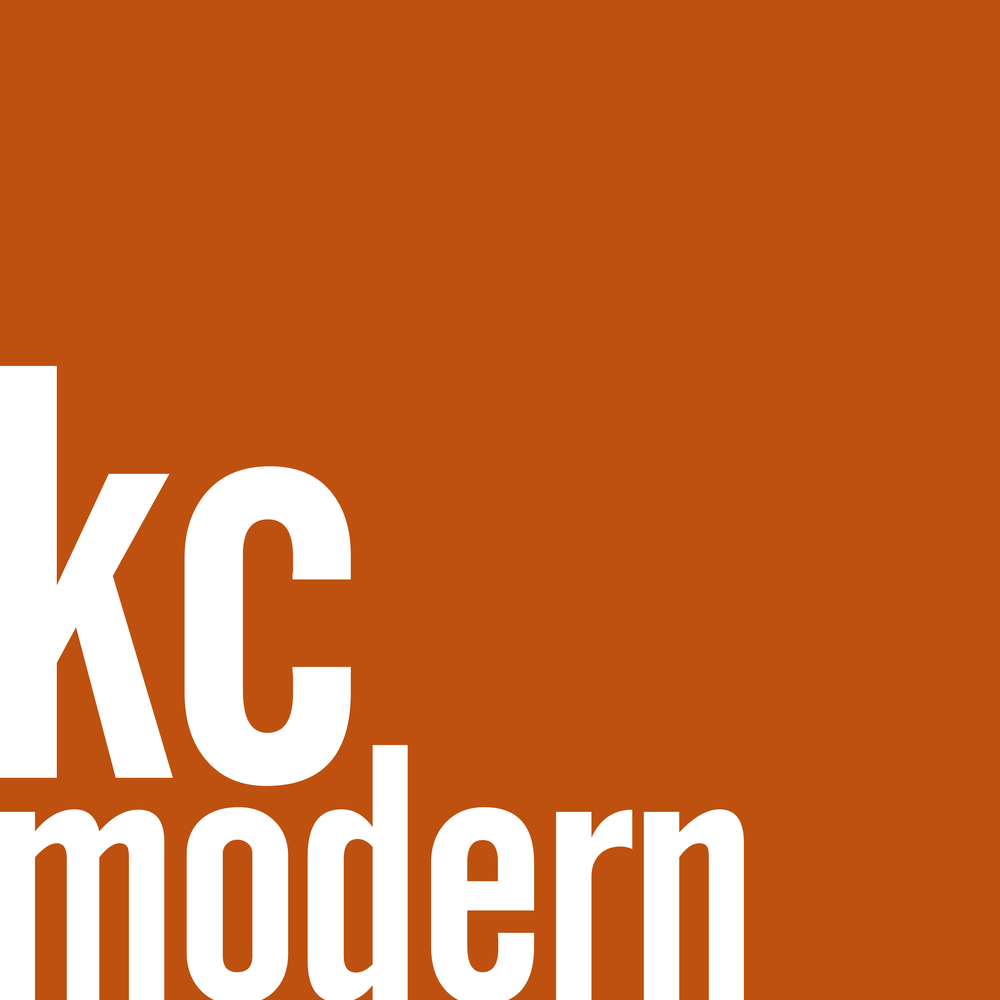 KCMODERN friend, Scott Butterfield did some serious scan work of 'The House that HOME Built' brochure to let us share it with our readers. The promotional brochure was designed and printed by NBC for participating builders to use in their marketing of 'The House that HOME Built.' Kansas City Modern Builder, Don Drummond gave the brochure to Scott's parents in 1955, when they were thinking about having Don build them a house. Don Drummond signed the back cover for Scott at a soiree during the Drummond Weekend in 2006.
KCMODERN friend, Scott Butterfield did some serious scan work of 'The House that HOME Built' brochure to let us share it with our readers. The promotional brochure was designed and printed by NBC for participating builders to use in their marketing of 'The House that HOME Built.' Kansas City Modern Builder, Don Drummond gave the brochure to Scott's parents in 1955, when they were thinking about having Don build them a house. Don Drummond signed the back cover for Scott at a soiree during the Drummond Weekend in 2006.Also note the math notation on the last image from 1955 to Scott's parents, "1680 square feet x $15 per square foot = $25,200." That is not a bad price for a Jones and Emmons designed home that was also built by Joseph Eichler. That would be $200,000 to $275,00o in today's dollars depending on what conversion you use. I would hate to have to try to build it today for $275k!
As I have mentioned before Jones and Emmons Architects went on to design the X-100 and Case Study House #24 for Joe Eichler.
Enjoy 'The House that HOME Built' in all its Mid-Century Modern goodness!
If you have not read it yet be sure to check out this article on 'The House that HOME Built.'
















 What can I say about this image from the cover of the 1961 Better Homes & Gardens Decorating Book? It just oozes Mid Century Modern Goodness! The primary colors, the
What can I say about this image from the cover of the 1961 Better Homes & Gardens Decorating Book? It just oozes Mid Century Modern Goodness! The primary colors, the  Not much is known about this
Not much is known about this 














 About a month ago I received a box of papers and a couple of portfolios from David
About a month ago I received a box of papers and a couple of portfolios from David 







 Another competition entry was put together by
Another competition entry was put together by  It is clear that the plan of this house was also heavily influenced by Finnish Architect,
It is clear that the plan of this house was also heavily influenced by Finnish Architect, 



 Name: Case Study No. 4, Greenbelt House
Name: Case Study No. 4, Greenbelt House













 Name: Raymond Evans Residence
Name: Raymond Evans Residence







